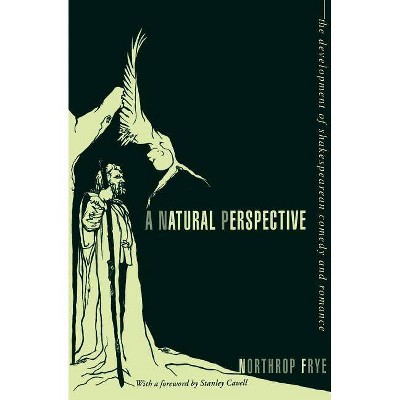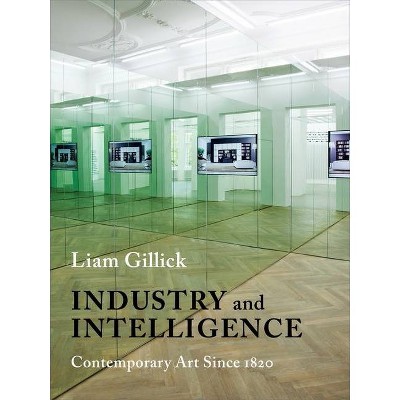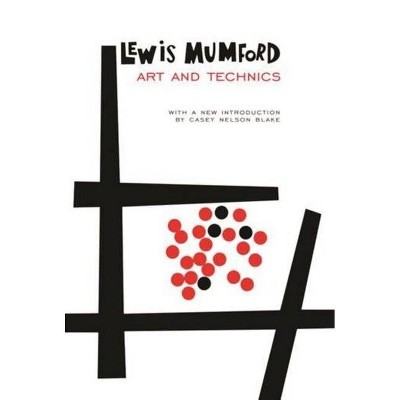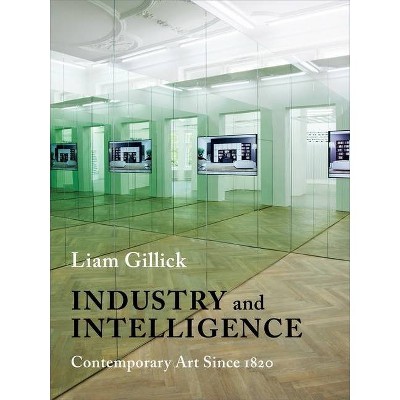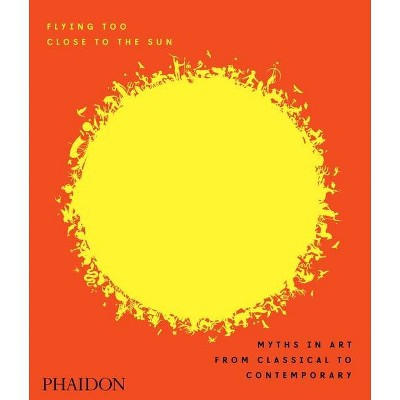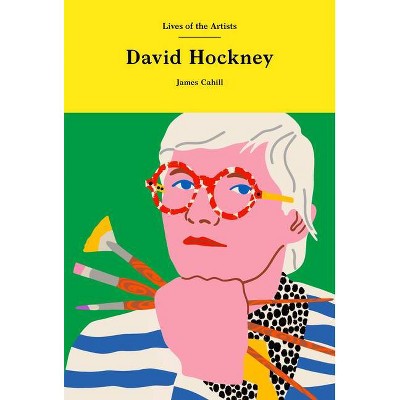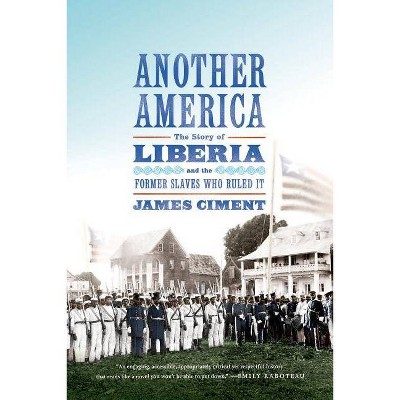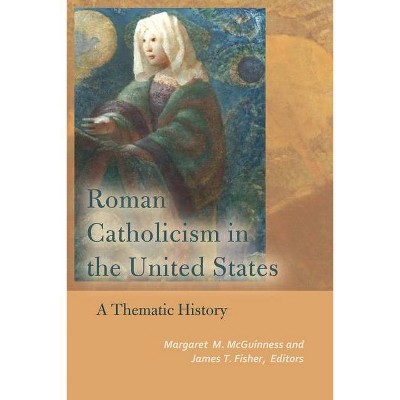The Painter's Practice - (Bampton Lectures in America) by James Cahill (Paperback)
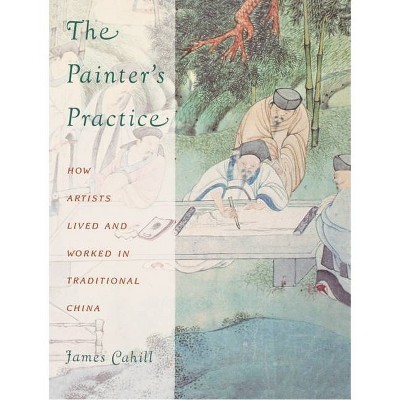
Similar Products
Products of same category from the store
AllProduct info
<p/><br></br><p><b> About the Book </b></p></br></br><p>In this beautifully illustrated book, Cahill reveals the intricacies of the traditional Chinese painter's life and work, covering such aspects as payment and patronage, in an approach that is largely absent from Asian art history.</p><p/><br></br><p><b> Book Synopsis </b></p></br></br>In <i>The Painter's Practice</i>, James Cahill reveals the intricacies of the painter's life with respect to payment and patronage--an approach that is still largely absent from the study of East Asian art. Drawing upon such unofficial archival sources as diaries and letters, Cahill challenges the traditional image of the disinterested amateur scholar-artist, unconcerned with material rewards, that has been developed by China's literati, perpetuated in conventional biographies, and abetted by the artists themselves. His work fills in the hitherto unexplored social and economic contexts in which painters worked, revealing the details of how painters in China actually made their living from the sixteenth century onward. Considering the marketplace as well as the studio, Cahill reviews the practices and working conditions of artists outside the Imperial Court such as the employment of assistants and the use of sketchbooks and prints by earlier artists for sources of motifs. As loose, flamboyant brushwork came into vogue, Cahill argues, these highly imitable styles ironically facilitated the forger's task, flooding the market with copies, sometimes commissioned and signed by the artists themselves. In tracing the great shift from seeing the painting as a picture to a concentration on the painter's hand, Cahill challenges the archetype of the scholar-artist and provides an enlightened perspective that profoundly changes the way we interpret familiar paintings.<p/><br></br><p><b> From the Back Cover </b></p></br></br>This book consists of four lectures: the first chapter is a somewhat contentious introduction that attempts to provide a methodological justification for the whole project; the second and third present collections of data in part anecdotal, arranged and discussed by topics. The fourth is still another attempt to formulate the great transformation that Chinese painting underwent from its early to its late period, and deals with issues that will not be new to readers of the recent literature in that field.<p/><br></br><p><b> Review Quotes </b></p></br></br><br>"Poses a challenge for future generations to plumb in depth such critical contextual questions as market and price, working methods and livelihood, and artist-client relationships." -- "The Yale Review"<br><p/><br></br><p><b> About the Author </b></p></br></br>James Cahill is professor of art history at the University of California, Berkeley. His most recent book is <i>The Compelling Image: Nature and Style in Seventeenth-Century Chinese Painting</i>, which won the Charles Rufus Morey Award of the College Art Association.
Price History
Price Archive shows prices from various stores, lets you see history and find the cheapest. There is no actual sale on the website. For all support, inquiry and suggestion messagescommunication@pricearchive.us
